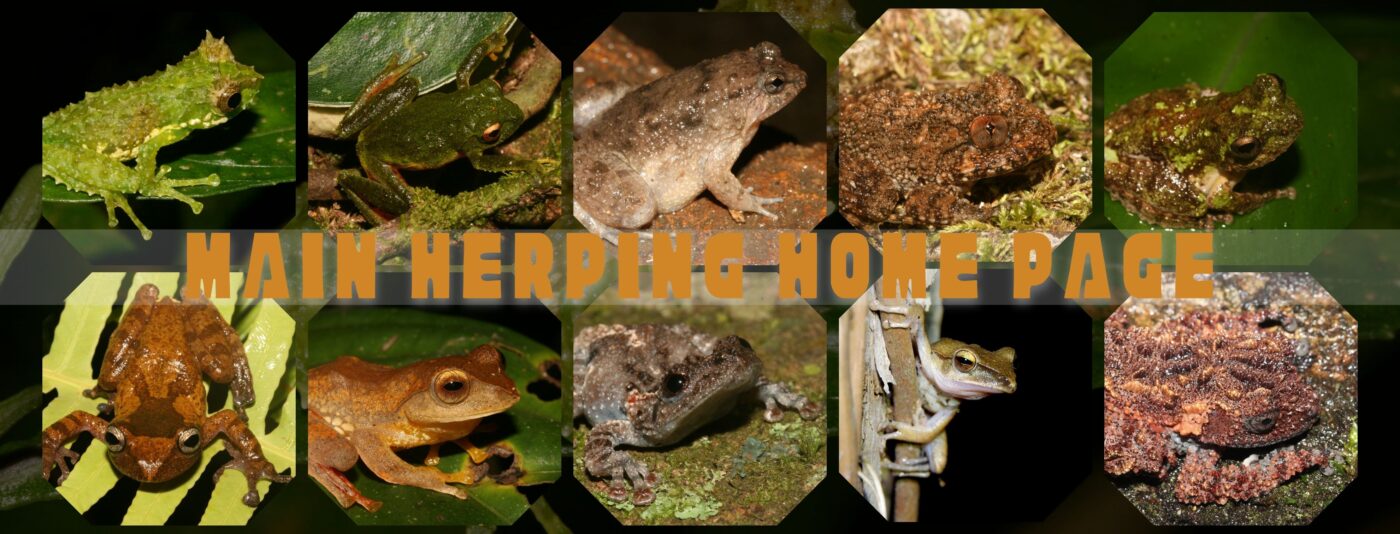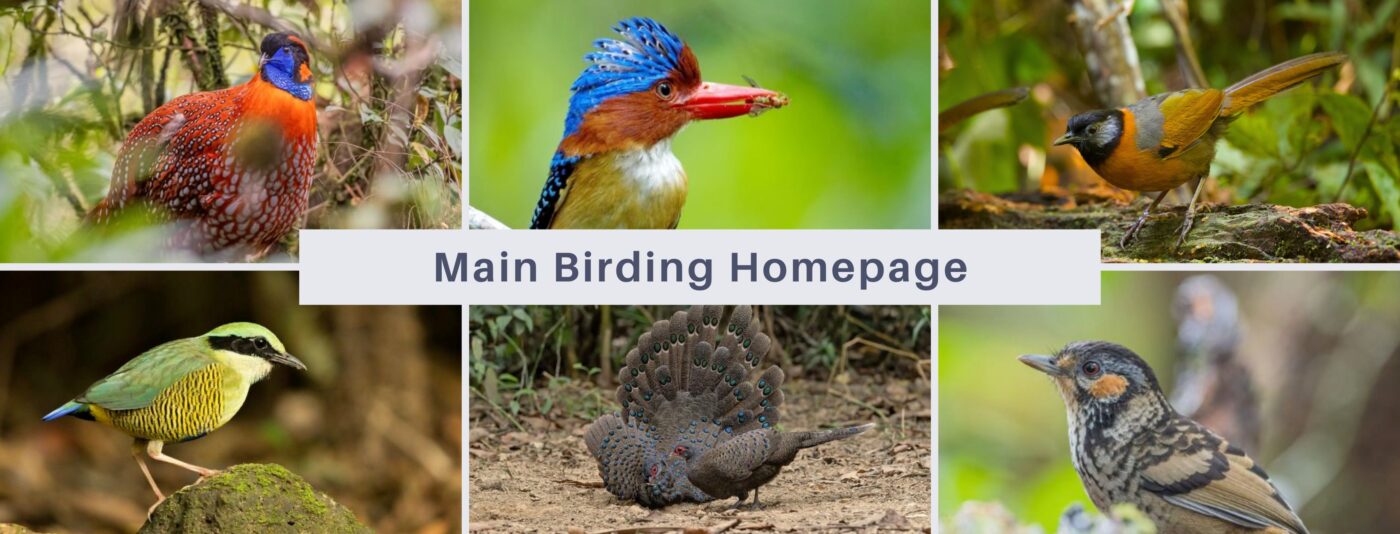Cat Tien National Park is situated 150 km from Ho Chi Minh City to the north, located in 6 districts: Tan Phu, Vinh Cuu (Dong Nai), Cat Tien, Bao Lam, Da Teh (Lam Dong ) and Bu Dang (Binh Phuoc). Extending across three provinces in Viet Nam’s Central Highlands and Southeast Region, the park is encompassed by astretch of the Dong Nai River that extends for more than 90 km.
Cat Tien is a watershed protection forest for the Dong Nai River in which the forest is a semi-mountainous area with a diverse climate and distinct rainy and dry seasons. The period since Cat Tien was designated a strictly protected forest of 31,000 hectares in 1978 until its recognition by UNESCO as the world’s 411th and Viet Nam’s 2nd biosphere reserve in 2001 was marked by continuous and extensive efforts to conserve the area’s natural heritage.
Cat Tien National Park (NP) is one of the four largest National Parks in Viet Nam. It is a pristine area with a rich and diverse ecosystem. Plant and animal species are free to grow and develop here. Let’s explore the biodiversity of Cat Tien National Park with WANEE.
Read more: Cat Tien National Park – How to Explore wild & Nature in 2023

Biodiversity of Cat Tien National Park
Flora at Cat Tien NP
The park is home to 1,610 species of vascular plants, Cat Tien National Park is considered a strange world of plants, and while nature bestows upon the park a variety of rare and precious animals, she does not forget to create the rich flora present in the systems of large and small trees, shrubs, grasses and phytoplankton.
Among them, we can mention rare types of wood such as: rosewood (Dalbergia spp.), Go do (Afzelia xylo carpa), Go mat (Sindora siamensis), Burma ironwood (Xylia xylocarpa), Burma Padauk (Pterocarpus macrocarpus). These trees are precious for their durable wood, beautiful colours and wood grain. This type of wood was used in the past to fashion furniture and decorative objects.
But that was more than 40 years ago when forest coverage was extensive. Forest coverage has dwindled since then, replaced by various types of industrial crops, such as coffee, rubber, pepper, cashew, and tea, etc. Today, Cat Tien’s primary forests are among the last remaining places where visitors can still admire these rare and precious trees.

The trees here are well-known for their fancy appearance. This is because each species and each tree has its own unique shape. The more we study these trees, the more inquisitive we get.
Fauna at Cat Tien NP
Cat Tien National Park is known as the only National Park where wild animals can be observed in their natural environment in Vietnam. According to previous surveys, Cat Tien National Park has 94 reptiles, 37 amphibians, 343 birds, and 97 mammals. New species are still being discovered in the park, such as the Cat Tien bent-toed gecko (Cyrtodactylus cattienensis), the Ruby-eyed pit viper (Trimeresurus rubeus), the Cochinchina Lizard (Calotes bachae), anh the Cat Tien Slender Gecko (Hemiphyllodactylus cattien).


Among the 94 reptile species living in the park, 18 are listed in the Viet Nam Red Data Book; for example, the Siamese Crocodile (Crocodylus siamensis) and Reticulated Python (Python reticulatus). Three species among 37 amphibian species and listed in the Viet Nam Red Data Book (2007).

The complex of wetlands constitutes a system of marshes and lakes, natural mineral sites, and vegetation along the Bau Sau (Crocodile Lake), Bau Chim (Bird Lake), and Bau Ca (Fish Lake), and is a habitat for many aquatic species.

Aquatic plant and animal species in this area include 125 zooplankton species, 122 benthic species and 168 fish species, attracting flocks of numerous native and migratory birds. Cat Tien is home to many endemic bird species and to more than a third of all bird species in Viet Nam.

There are 353 bird species, accounting for 36,7% of the total number of bird species (962) in Viet Nam. They belong to 68 families and 20 orders, of which 17 are rare species that have been discovered and listed in the Viet Nam Red Data Book. If compared with the composition of bird species in the whole of Viet Nam, without a doubt Cat Tien is a ‘mini kingdom’ for forest birds in Viet Nam.
Some species are rare and precious such as the Woolly-necked Stork (Ciconia episcopus), Green Peafowl (Pavo muticus), Lesser Adjutant (Leptoptilos javanicus), White-shouldered Ibis (Pseudibis davisoni), White-winged Duck (Cairina scutulata), and Orange-necked Partridge (Arborophila davidi), etc.
Cat Tien is located in the endemic bird zone in the lowlands of southern Viet Nam and has populations of 3 species: the Orange-necked partridge (Arborophila davidi), Germain’s peacock-pheasant (Polyplectron bicalcaratum), and Grey-faced Tit Babbler (Mixornis kelleyi)




Cat Tien is home to 97 species of mammals belonging to 30 families and 11 orders, of which up to 43 species are under threat of extinction domestically and globally, including 38 species listed in the 2007 Viet Nam Red Data Book. In addition, 18 species and subspecies of mammals are endemic to the Indochina sub-biogeographical region.
In particular, three species and subspecies are endemic to Viet Nam: the Black-shanked Douc langur (Pygathrix nigripes), the Javan rhino (Rhinoceros sondaicus annamiticus) (already extinct), the Indian Muntjac (Muntiacus muntjak annamensis), and Yellow-cheeked Gibbon (Nomascus gabriellae)


The most awaited animal throughout a night trek is the gaur (Bos gaurus). Gaur (Bos gaurus) are large, darkhaired mammals that mainly inhabit hilly areas in India, East and Southeast Asia. They are also known as the Malayan bison or the Indian bison and have been listed as a vulnerable species in the IUCN (International Union for Conservation of Nature) Red List of Threatened Species since 1986.

Adult gaur (Bos gaurus) can reach up to 1.9 m in height and weigh about a ton. They have white legs, black bodies and are one of the largest bovines in the world. In Viet Nam, there are less than 300 gaur individuals, 110 of which roam within the borders of the park.
Both males and females grow large horns that curve forward by up to 80 – 85 cm. On the forehead between the two horns is a tuft of hair, usually yellow in colour. The lower part of the leg from the knees down is white, making the animal appear as if it is wearing white boots.
The top part of its back protrudes at the neck and together with a large hairy bib on the chest and a range of muscle running down its spine, the Gaur presents a very powerful animal indeed. In Viet Nam, gaurs (Bos gaurus) are the most hunted and slaughtered species due to their economic value, particularly their bile, meat, and horns.




In addition, here we can see other animals such as deers, bears, and moose. You may end up encountering some primates population, such as Stump-tailed macaques (Macaca arctoides), Pig-tailed Macaques (Macaca leonia), and Pygmy Slow Loris (Nycticebus pygmaeus), all categorized as endangered, rare animals according to Viet Nam’s regulations on wildlife conservation and protection and in the IUCN (International Union for Conservation of Nature) Red List of Vulnerable and Endangered.
Read more: Guide to Visiting Cat Tien National Park: Discover the Enchanting Beauty
Summary
This land is a place of discovery and relaxation but also a place for learning, research and raising social awareness. The primeval forest teaches us about ecological order, survival, love, compassion – it enables us to listen to and understand the natural world.
WANEE Asia this article will bring useful information about biodiversity at Cat Tien National Park for you in the process of learning about nature in Vietnam. WANEE wishes you to have trips to fully experience nature.
Read more: Seasonal Wonders: Best Times to Visit Cat Tien National Park
Join Our Conservation Journey!
Your visit to Cat Tien National Park isn’t just an adventure; it’s a contribution to the ongoing conservation efforts that safeguard this ecological treasure. To stay connected with us, learn more about our conservation initiatives, and witness the latest wonders of Cat Tien, follow us on our social media channels.
🐦 Our Tour side: WANEE TOURS & ACTIVITES
🌿 Facebook: Birding and Wildlife Tours in Vietnam
📸 Instagram: wanee_asia
Join our community of nature lovers, and together, let’s ensure that Cat Tien’s magic endures for generations to come.
Crocodile Trail – The Best Birding Trail in Cat Tien National Park
If you’re a birder or nature photographer planning a trip to Vietnam, few places offer [...]
Cong Troi Trail – Top 1 Dalat Plateau Birding Trail Experience
If you’re a birder or nature photographer planning a trip to Vietnam’s Central Highlands, the [...]
How to Identify the Greater Sand Plover, Tibetan Sand Plover and Siberian Sand Plover
ContentsBiodiversity of Cat Tien National ParkSummaryIdentification Differences within the Sand Plover Complex: The sand plover [...]
Highlights of Cat Tien National Park Reptiles and Amphibian Endemics
Spanning over 71,350 hectares of tropical forests, grasslands, and wetlands, Cat Tien National Park is [...]
Highlights of Cat Tien National Park Mammals in a World Biosphere Reserve
In addition to reptiles and birds, Cat Tien National Park is also rich in mammals, [...]
Kontum Plateau Endemic and Highlight bird
Kontum Plateau Endemic And Highlight Bird species like Chestnut-eared Laughingthrush and top birding routes while [...]